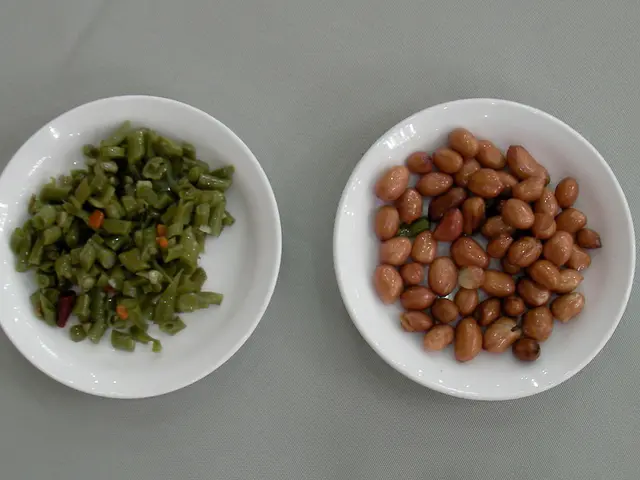Winter Flu Preventive Measures, Identification, and Remedies
The flu, a contagious infectious disease, and the common cold share some similarities, but their key differences primarily lie in severity, onset speed, and specific symptoms.
Severity and Impact
Unlike the common cold, the flu is generally more severe. It can cause serious health complications and sometimes requires hospitalization, while colds are usually milder and people tend to recover quickly.
Onset
Flu symptoms tend to come on suddenly and intensely. In contrast, cold symptoms develop more gradually.
Symptoms Unique or More Common to Flu
Fever (often high), chills, severe body aches, fatigue and weakness (often extreme), headaches, chest pain or congestion in more severe cases, and sometimes vomiting and diarrhea, especially in children, are more common or unique to the flu.
On the other hand, a runny or stuffy nose, sneezing, mild cough, and sore throat with less severe aches and fatigue are more common with a cold.
Duration
Flu symptoms like cough and fatigue can last more than two weeks, whereas cold symptoms are usually shorter and less severe.
Other Considerations
Flu poses higher risks for severe respiratory issues and is more likely to affect the lower respiratory tract (lungs) than the common cold.
Clinical Distinction
| Feature | Common Cold | Flu | |-----------------------|-------------------------------------|----------------------------------------| | Onset | Gradual onset | Sudden and rapid onset | | Fever | Rare or mild | Common, often high | | Body Aches | Rare or mild | Severe | | Fatigue | Mild | Severe, can be debilitating | | Sneezing & Runny Nose | Common | Can occur, but less prominent | | Cough | Mild | Often severe, persistent | | Headache | Rare | Common and moderate to severe | | Duration | About 1 week | Can be 1-2 weeks or longer | | Serious Complications | Rare | Common, especially in vulnerable groups|
If symptoms include high fever, severe fatigue, chest pain, or difficulty breathing, it is crucial to seek medical care as these are more indicative of the flu and possible complications.
Preventive Measures
Preventive measures like flu vaccination, frequent handwashing, and respiratory etiquette can help reduce the risk of both illnesses.
The word "flu" comes from the French "grippe," which means mood or whim. Type A influenza viruses are prevalent worldwide and change from year to year. Neuraminidase inhibitors are medications that fight flu viruses themselves.
Appropriate hygiene measures, such as regular and proper handwashing, can help prevent a flu infection. Coughing and sneezing into the elbow, disposing of used tissues, regular ventilation, and wearing a mouth-nose mask can also help prevent infection.
Symptoms of the real influenza include fever, sore throat, watery eyes, runny nose, headache, body aches, nausea, and dry cough. Influenza viruses are only a few micrometers in size.
- The flu, unlike the common cold, can lead to serious health complications and sometimes necessitates hospitalization.
- In contrast, the common cold usually results in milder symptoms, and people tend to recover more quickly.
- Flu symptoms, such as high fever, severe body aches, and extreme fatigue, often manifest suddenly and intensely, while cold symptoms develop more gradually.
- While a runny or stuffy nose, sneezing, mild cough, and sore throat are common with a cold, they are less prominent or less severe in the case of the flu.
- Chronic diseases, like respiratory conditions, neurological disorders, and even cardiovascular health, can be affected by the flu due to its impact on the body.
- Proper nutrition, fitness, and exercise, mental health therapies, and treatments can help strengthen the body's defenses against the flu and aid in recovery.
- The science behind combating the flu involves vaccinations, precautionary measures like frequent handwashing and respiratory etiquette, and medications called neuraminidase inhibitors, which fight the flu virus itself.






